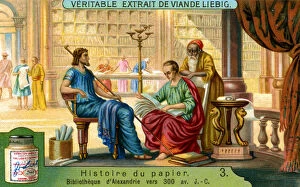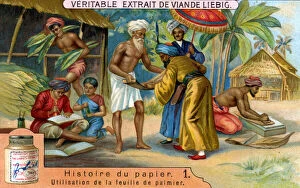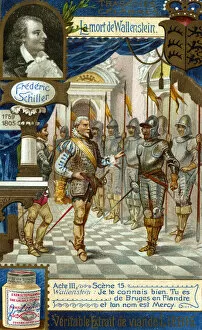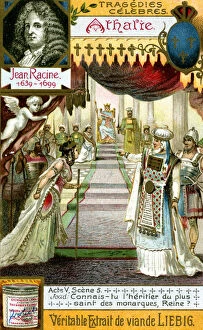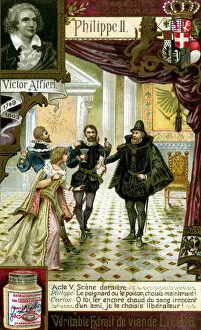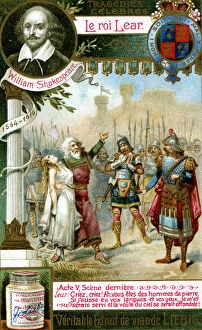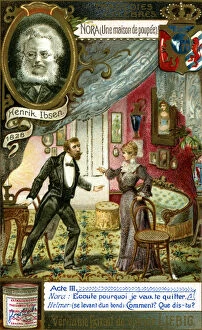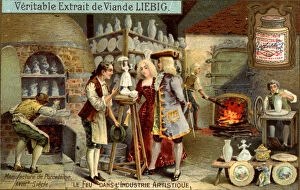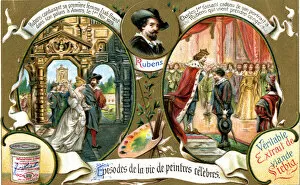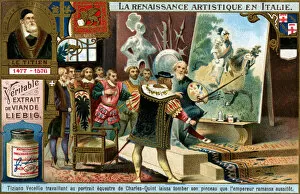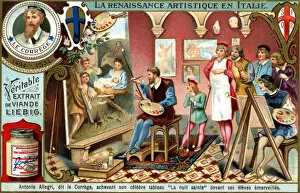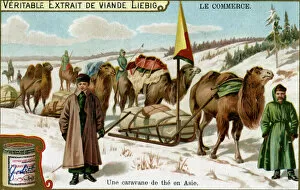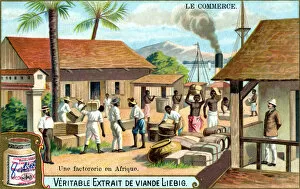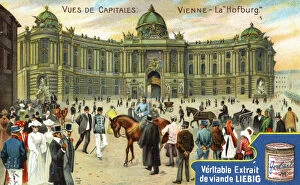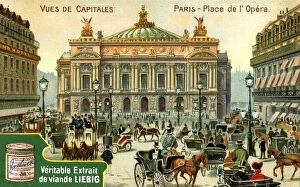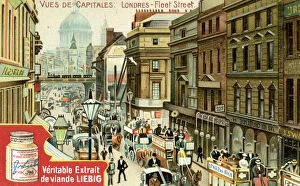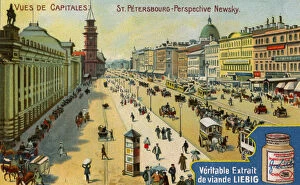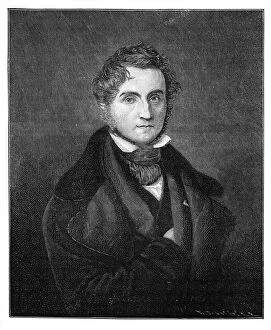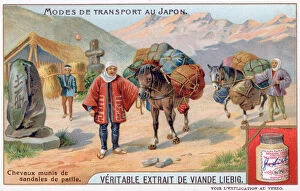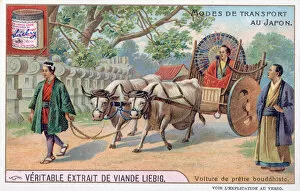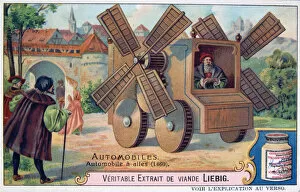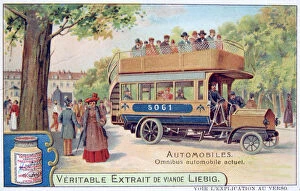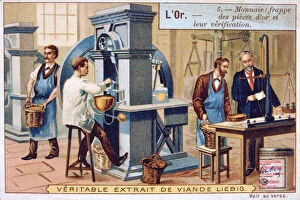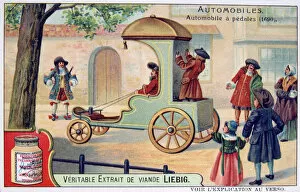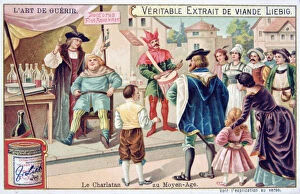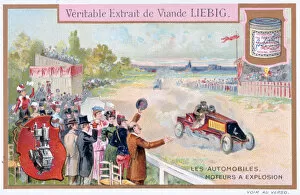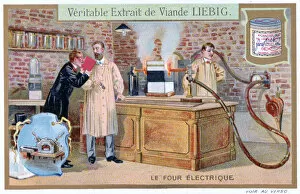Justus Von Liebig Collection (#2)
Justus von Liebig, a renowned chemist of the mid-19th century, lived in a time of great historical and scientific advancements
For sale as Licensed Images
Choose your image, Select your licence and Download the media
Justus von Liebig, a renowned chemist of the mid-19th century, lived in a time of great historical and scientific advancements. Born in 1803, he witnessed Napoleon I crowning himself King of Italy in 1805, an event that would shape European history. As Liebig grew older, he saw the world change with significant milestones such as The Crowning of Victoria, Queen of England in 1837. Liebig's passion for chemistry led him to make groundbreaking discoveries and revolutionize the field. His portrait from around 1840 captures his determined gaze and intellect. Created by Barth Carl, this image immortalizes a man who dedicated his life to unraveling the mysteries of science. In another depiction by Hanfstaengl Franz, we see Liebig surrounded by his laboratory equipment—a testament to his tireless pursuit of knowledge. This mid-19th-century artwork showcases Liebig's commitment to advancing chemistry through experimentation. While focusing on chemistry, Justus von Liebig was not oblivious to other scientific disciplines. He admired astronomers like Johannes Kepler and Dominique Francois Jean Arago who made remarkable contributions during their time. Giovanni Virginio Schiaparelli also caught his attention with his astronomical studies. Beyond science, there were notable figures from the arts whom Liebig found inspiration in: Clara Schumann and Wilma Norman-Neruda showcased their musical talents while Annette von Essipoff and Marie Soldat captivated audiences with their performances. Additionally Joseph Joachim and Hans von Bulow left lasting impressions as musicians. Justus von Liebig's legacy lives on today through countless chemical processes named after him—his work forever etched into scientific history books. His dedication to understanding the world around us serves as an inspiration for future generations striving towards new breakthroughs in various fields.

